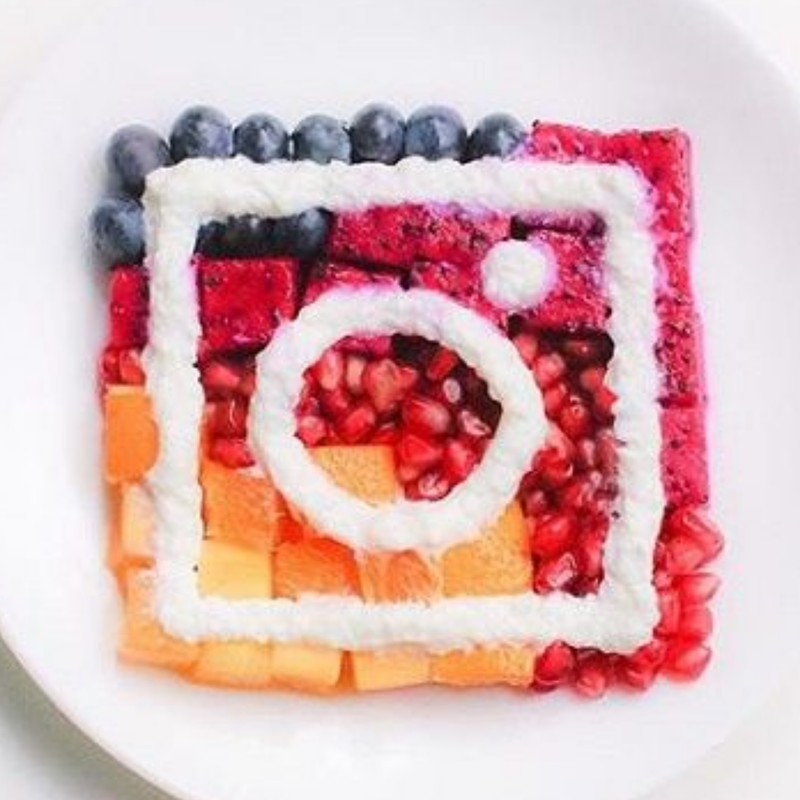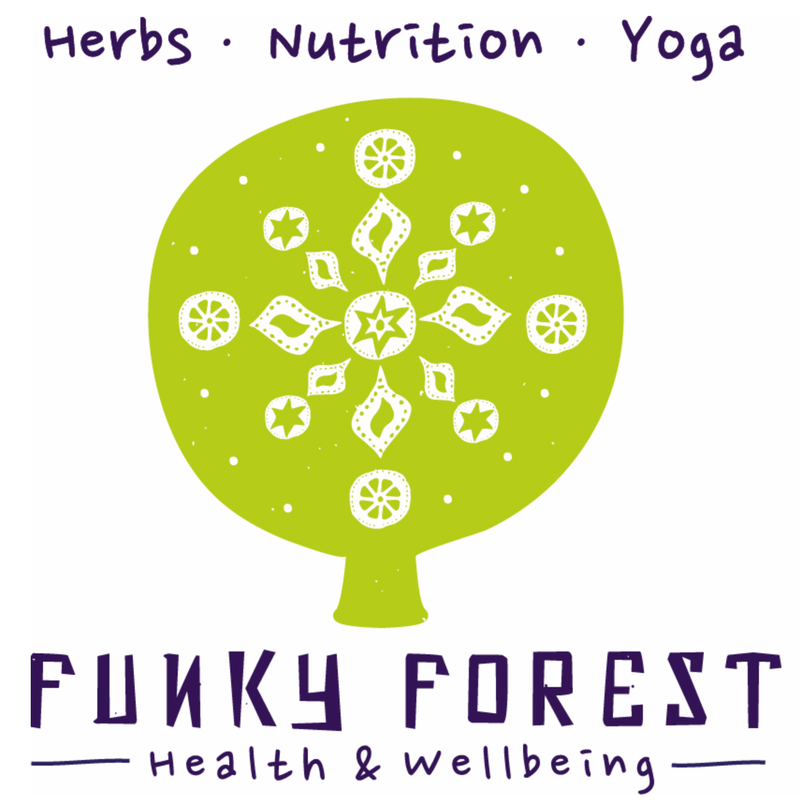At the same time I was waking up to the realities of food-producing animal agriculture, I was introduced to yoga where I began to discover my interconnectedness with all other beings. One of the first dietary changes I made was becoming a vegetarian - a natural and unsurprisingly common side-effect of practising yoga.
I bet you’re thinking, “oh no, she’s a hippy with a degree” and that this is going to be a glorified lecture on why we should all go vegetarian! Don’t worry, I’m not 20 anymore. And I don't think we all have to become vegetarians for optimal health.
Vegetarianism had its perks - it opened my eyes to the conditioning I’d received as a child from my parents, teachers and government. But it certainly wasn’t the answer to all my nutrition questions. It was only the beginning, and carried with it its own attendant problems!
Aside from going vego, which is relatively easy to do overnight, yoga also taught me to listen to and trust my body, which is a lifetime's work. I started noticing that as a strict vegan there were foods and ways of eating that my body simply didn’t appreciate!
I didn’t get it when even as a "healthy vegan", I started putting on weight* for the first time in my adult life and continued to have crappy skin and feel tired in the afternoons. It was confusing because I was so convinced that my vegan diet was the pinnacle of good nutrition! Although my body suffered, my ego was fighting fit and I certainly enjoyed the feeling of moral superiority over our omnivorous friends!
(*weight should not be the focus of any health approach, but I did notice this response by my body and it puzzled and trouble me at the time as I was very weight-conscious in my early 20's.)
Eventually I was to learn that it wasn’t what I omitted from my diet – animal products – but what I was eating, and how I was eating - the attitude or bhava with which I was eating it - that was the "problem".
At that stage I was 20, and still had many questions. Amongst my commitments as a freakishly over-achieving young person, I was a competitive off-road triathlete and had just picked up sponsorship. I knew that I needed to improve my diet for health and sports performance but I didn’t want to compromise on my newfound yogic food ideals and plant-based diet.
Strangely, it wasn't until I explored sea turtle physiology that I really started to question the health of our modern day diet (even the modern vegan diet) and some of the foods in it.
Sea Turtles - what can they teach us?
Towards the end of my veterinary degree I became very interested in marine biology, and took up a research position at Moreton Bay Research Station, North Stradbroke Island. With my dual interest in wildlife and nutrition, I decided to investigate the health impacts of marine debris ingestion on sea turtles.
More than anything, this research showed me that when an animal eats something that's clearly not designed for its body, things can go pretty wrong. Wild animals are far healthier than the cattle, pigs and chickens kept in intense factory farms.
Yet even in these most resilient and long-living of animals, the tiniest bit of plastic – the size of a fingernail –brings about a slow, painful death in a large proportion of sea-turtles found dead on the shores of Moreton Bay. I did many intensely smelly autopsies to prove it! Ironically, much of the debris that is ingested by marine animals is plastic bags and junk food packaging. Which brings us right back to our own health.
Obviously if you eat plastic, you’re not going to feel the best. But how about the clogging effects of some of the foods we eat? Consider the artery-clogging effects of convenience foods high in trans-fat that contributes to the epidemic of heart disease. And closer to our turtle example, we have margarine, which is touted as a healthy substitute for butter.
Conflicting information
The Dietary Guidelines for Australians recommend that we limit the amount of saturated fat we eat or replace the saturated fats with unsaturated oils. We are told by myriad doctors, dietitians and diabetes educators that one of the simplest ways of achieving this is to switch from butter to margarine spreads on your toast and sandwiches, and even in cooking and baking.
The process by which margarine is produced is interestingly similar to that used to produce plastics. Called hydrogenation, liquid vegetable oil is converted into a solid or semi-solid grease with a grey colour. It is deodorised using high heat and chemical additives, then bleached white and then dyed yellow. Finally, artificial flavours are mixed in to make it taste like butter.
In the jargon of the chemicals industry, this process of turning a liquid oil into a solid or semi-solid is called plasticisation.
In a world where a person has doctors and dietitians encouraging them to eat margarine on one side, and naturopaths warning against the dangers of it on the other, it becomes harder to tell what’s really best for our health and know what exactly we should be eating. Who do we listen to? And where does our innate knowledge step in?
I wasn't feeling fantastic on a vegan diet because it largely consisted of similarly synthetically created foods - textured soy protein, vegan sausages, soy ice cream and vegan mayonnaise - these things are not much better than margarine. A modern vegan diet consisting of these foods just didn't work for me.
In my final blog: discovering the right diet - how I put the pieces together and uncovered the most important rule of nutrition there is.

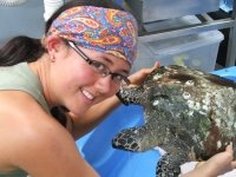

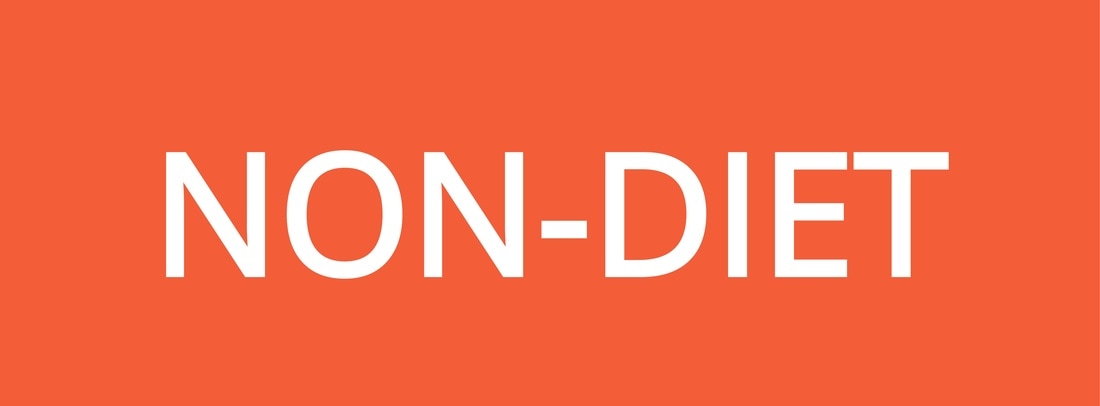


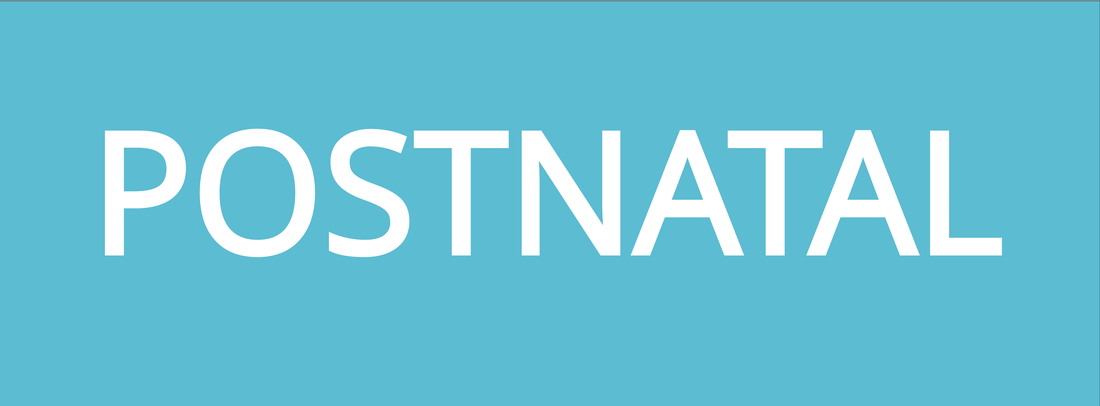
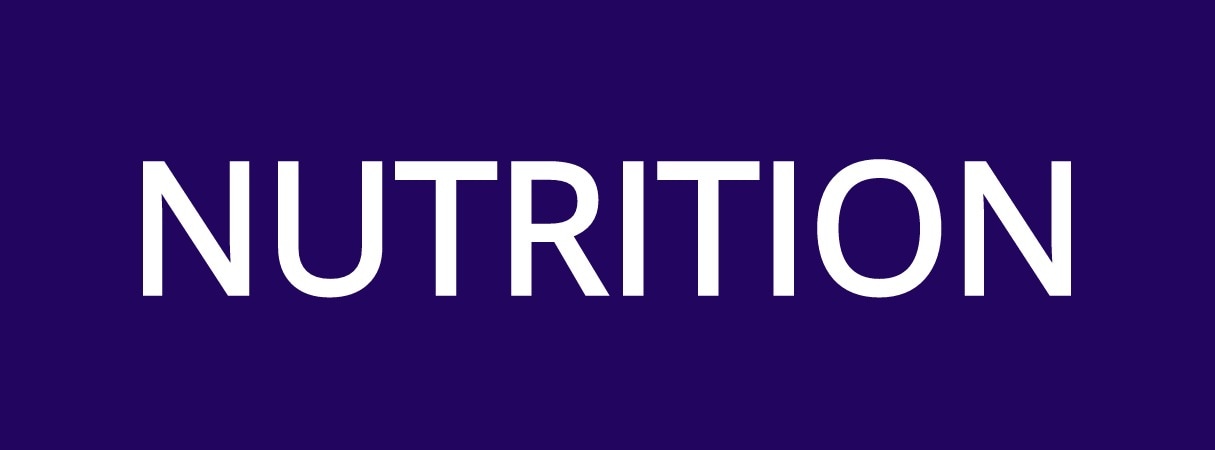
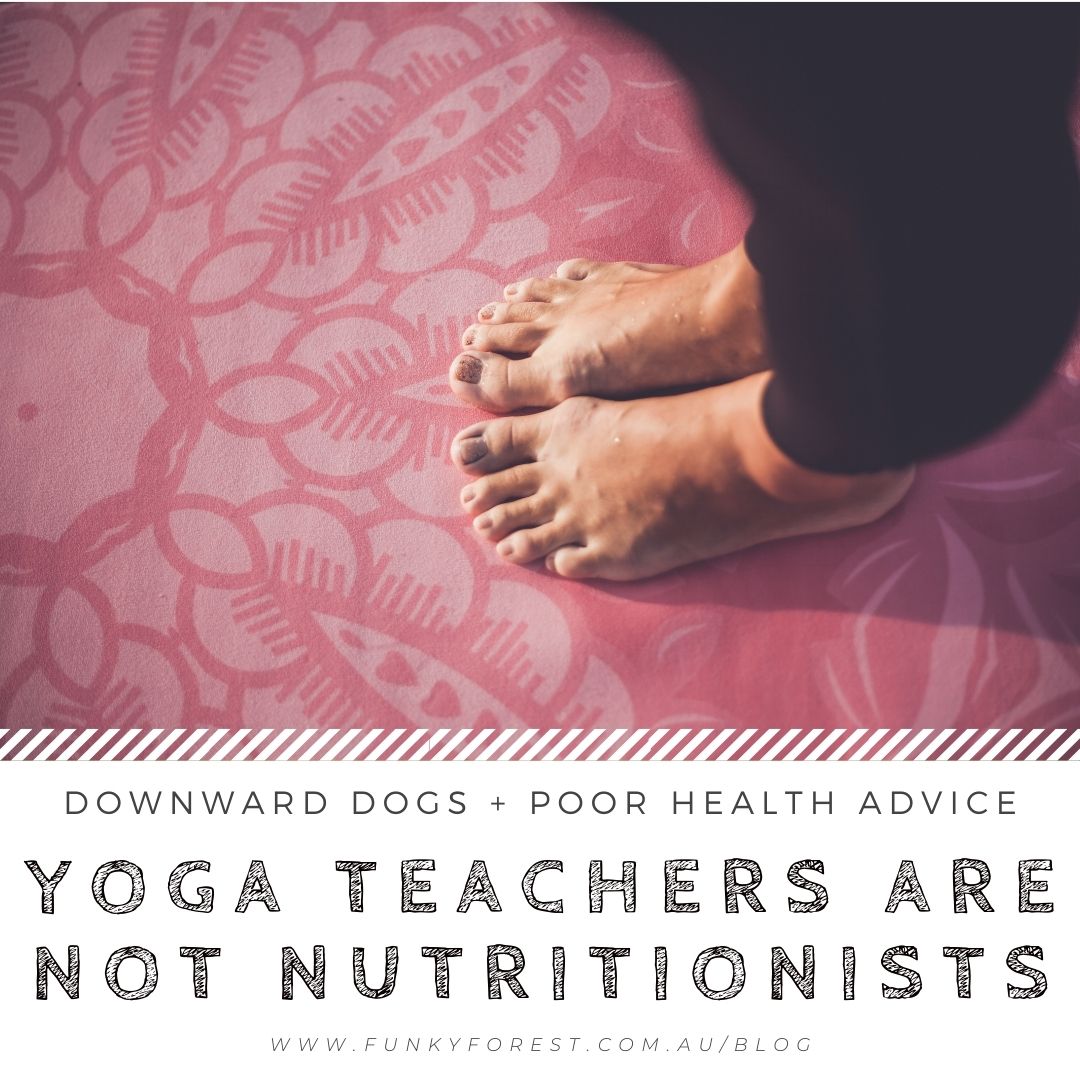
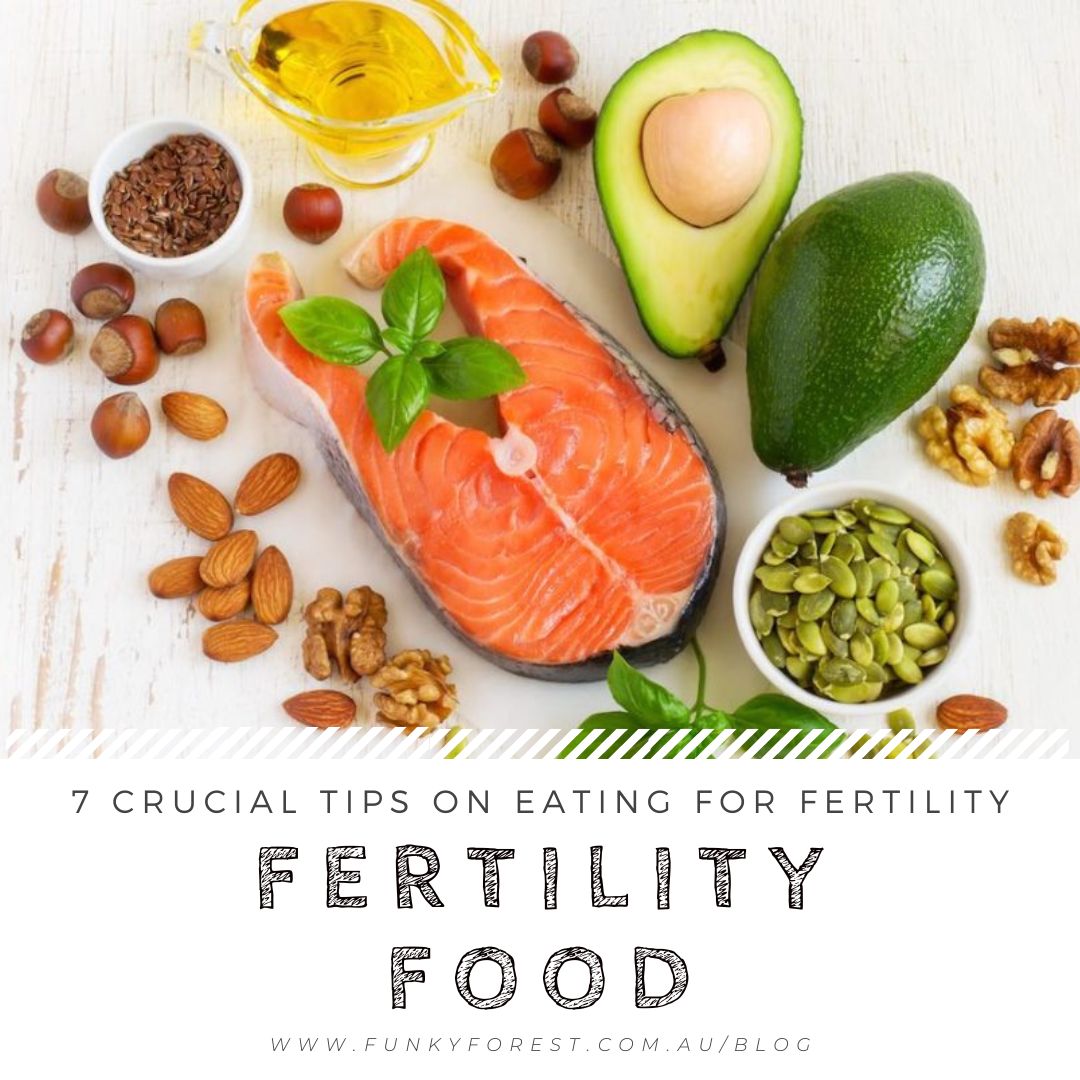
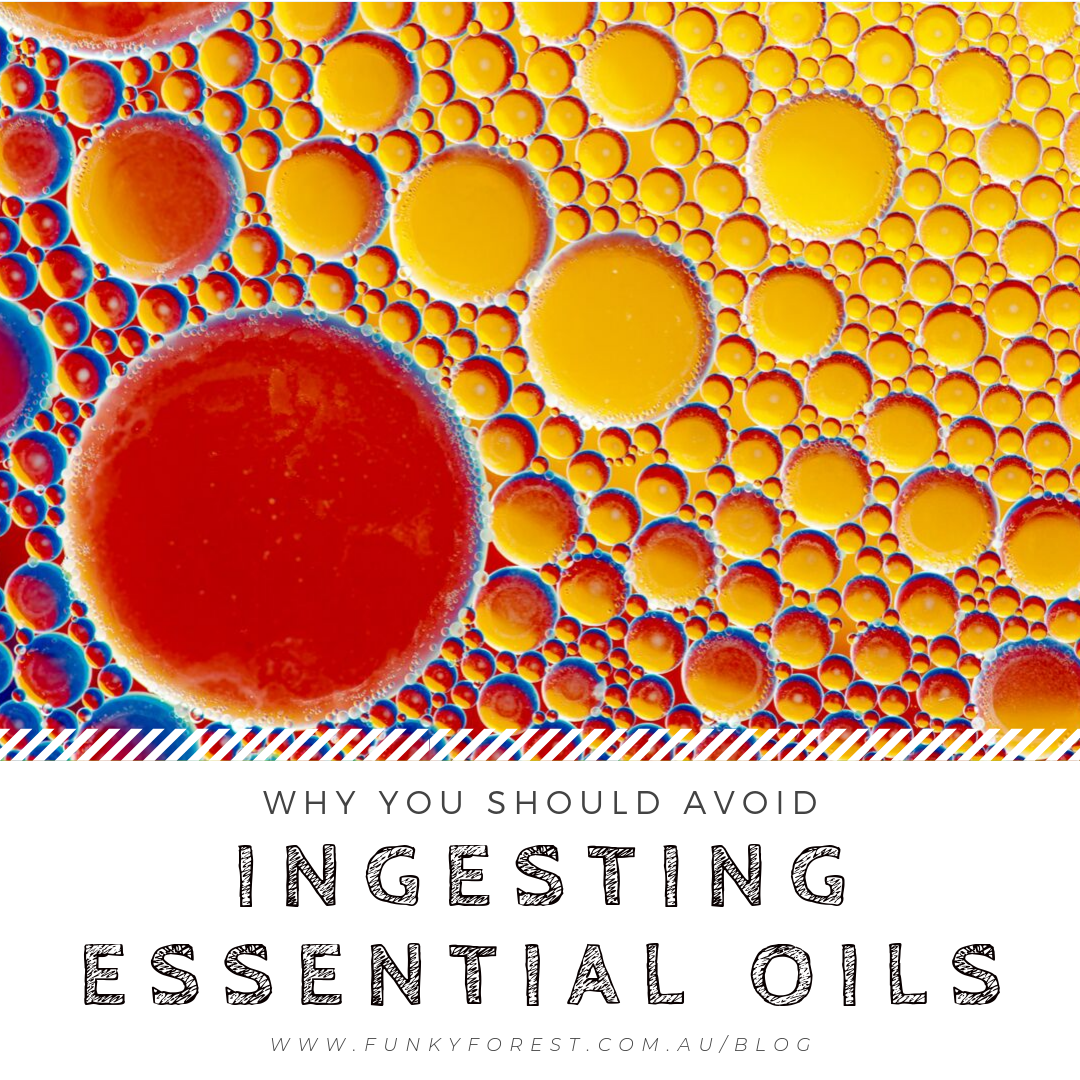
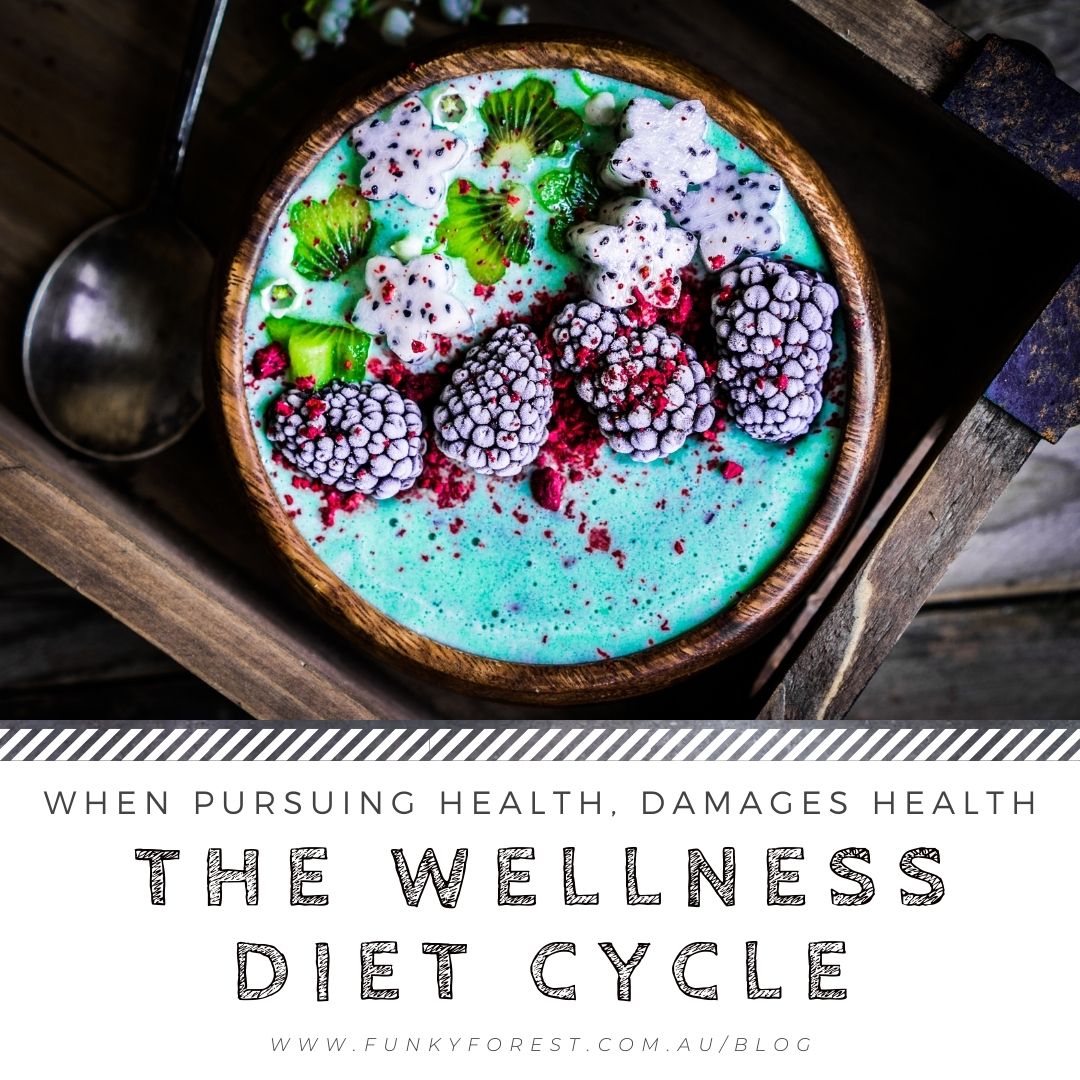
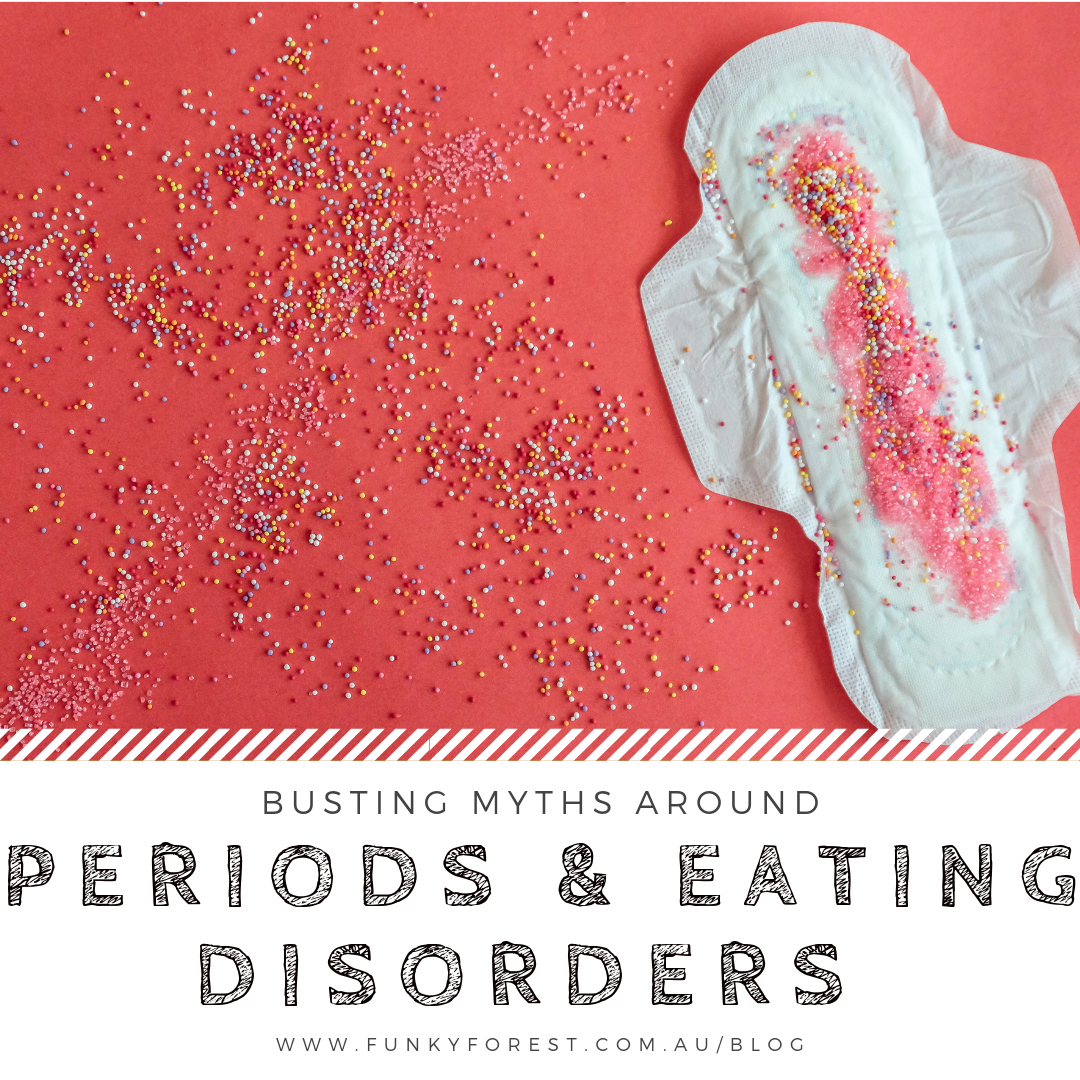
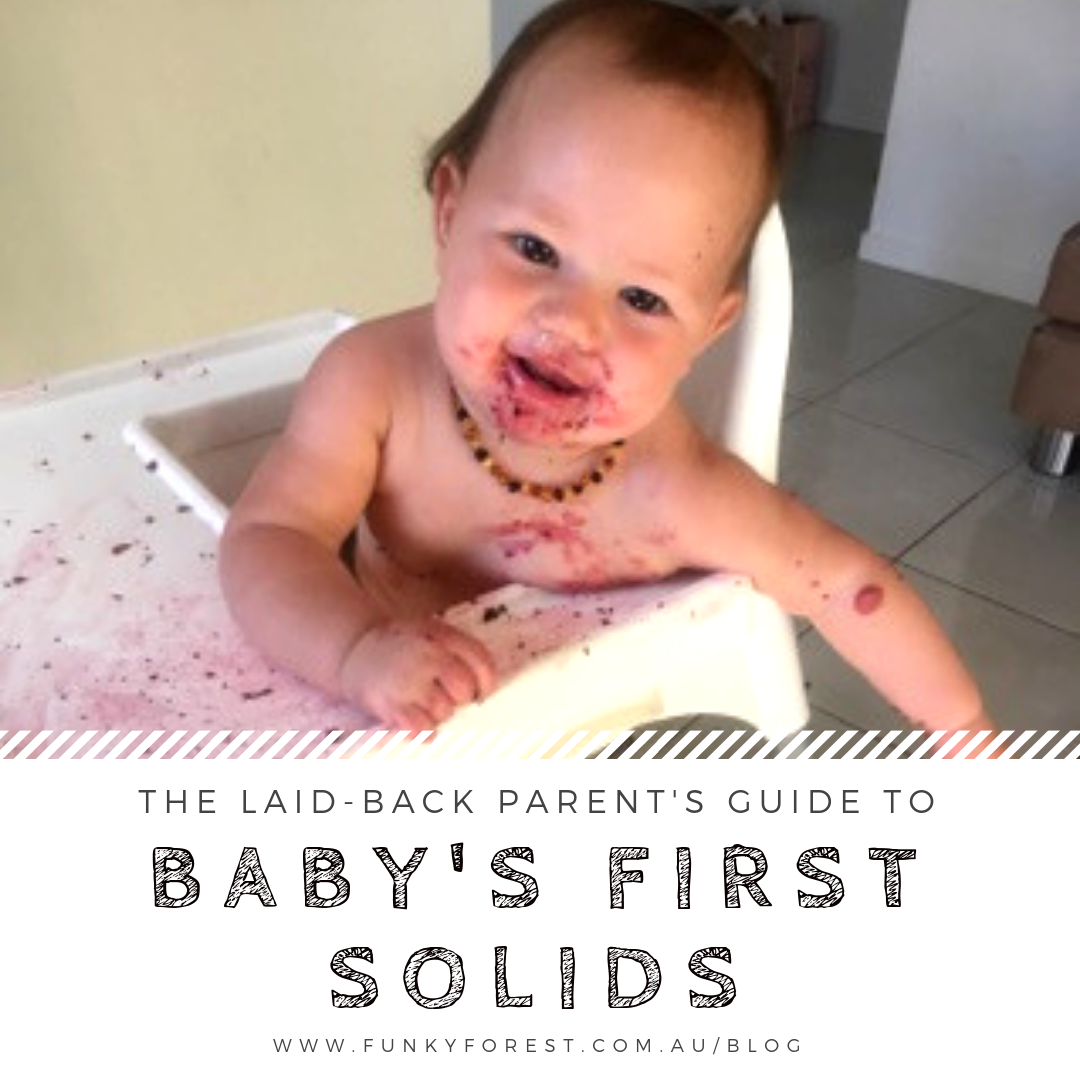
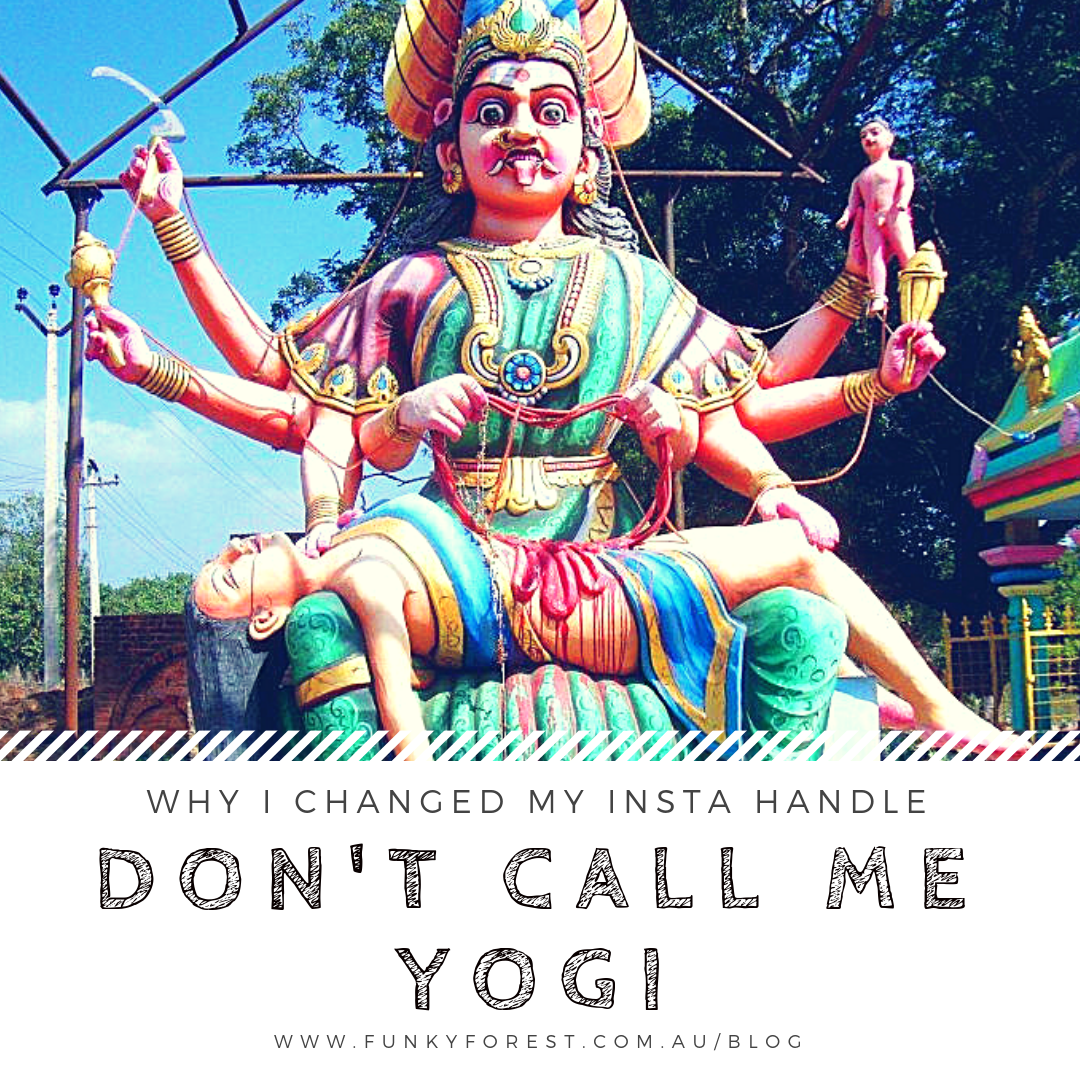
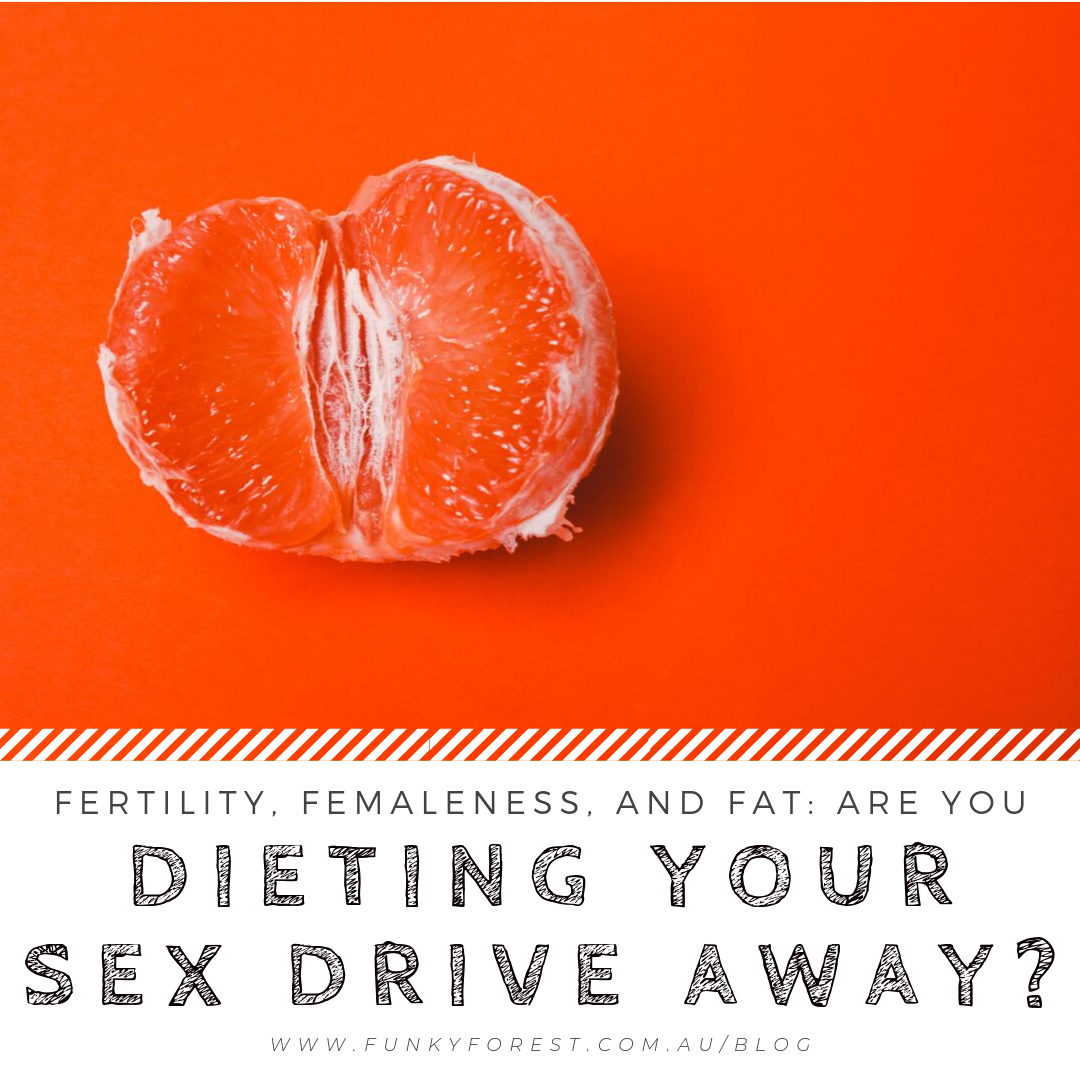


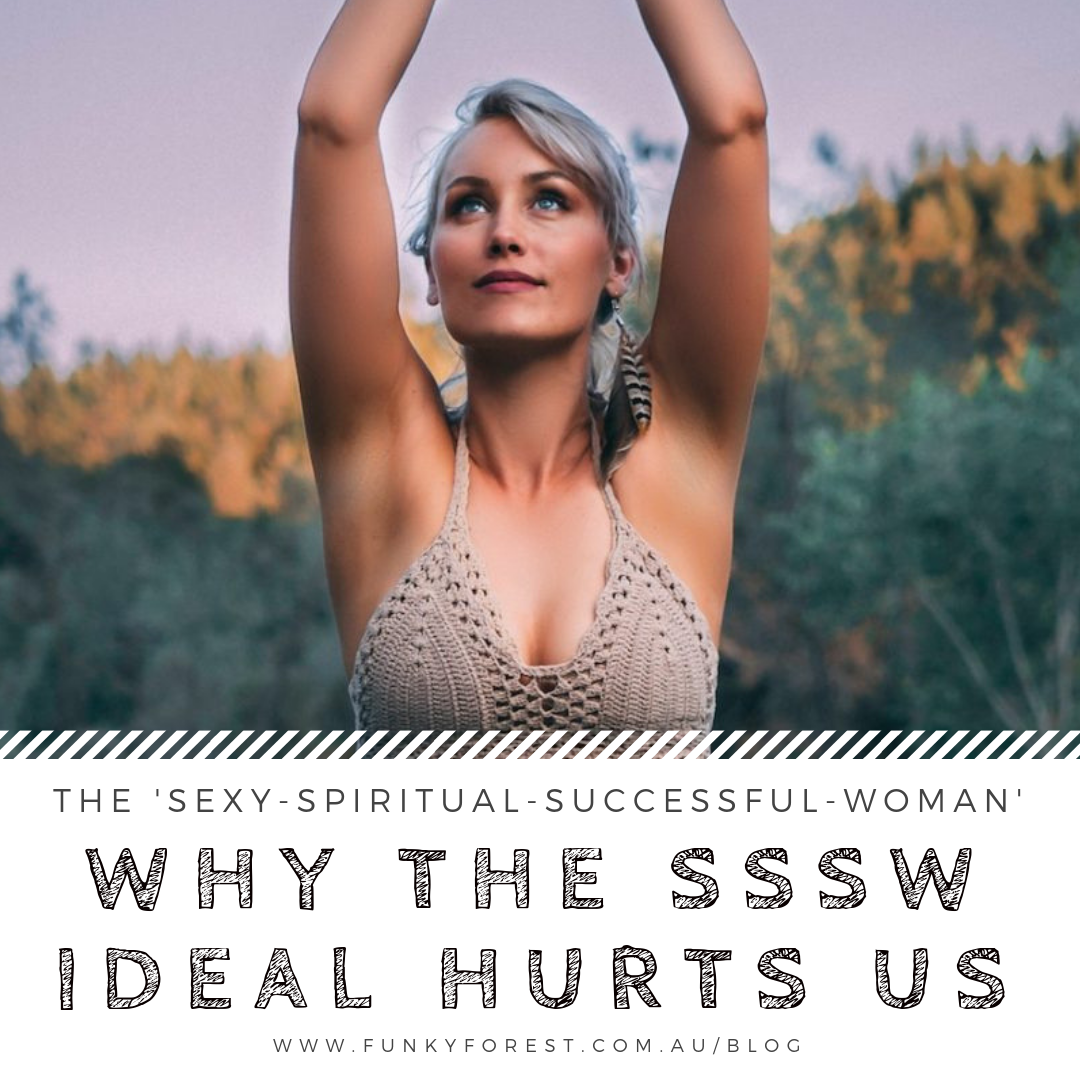
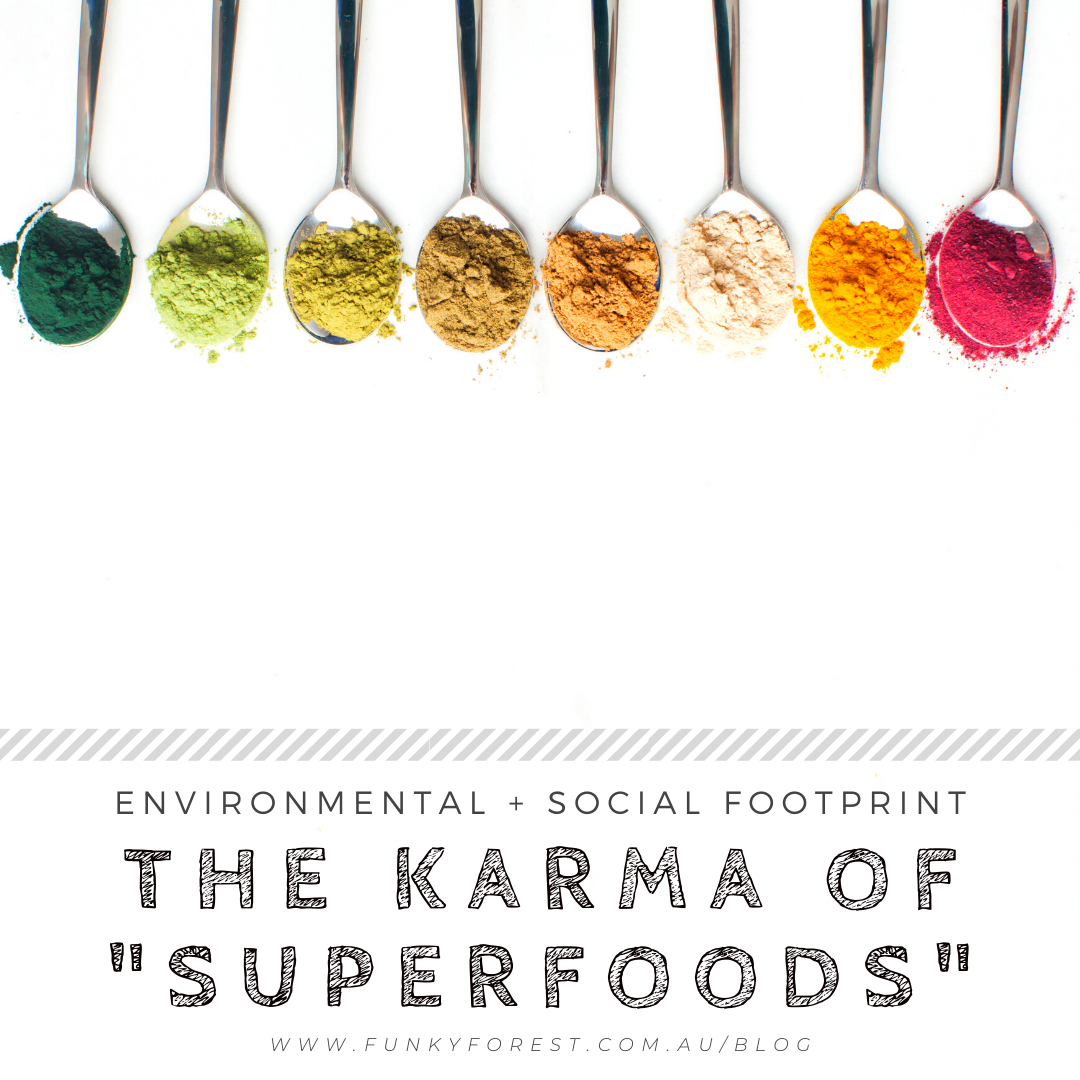
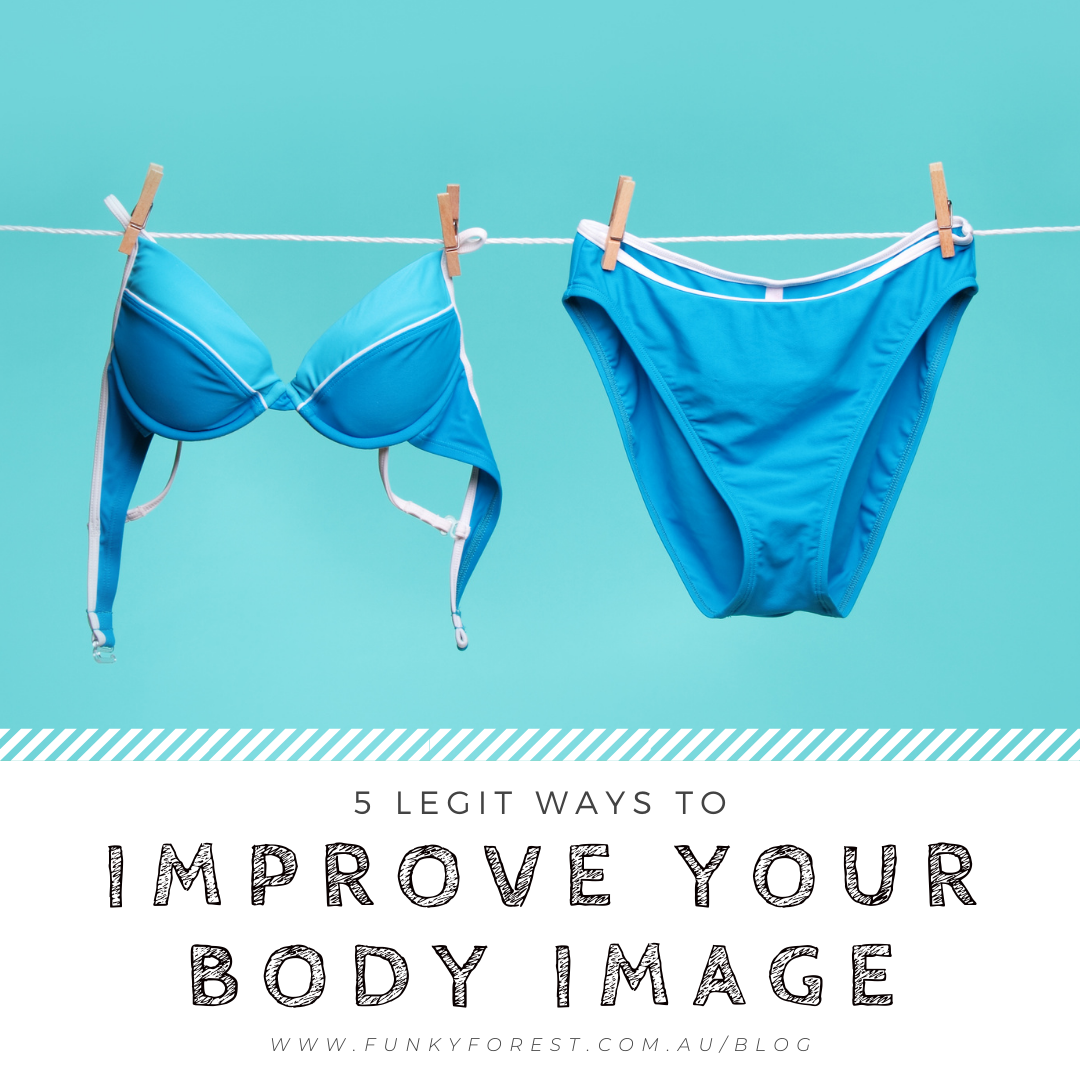
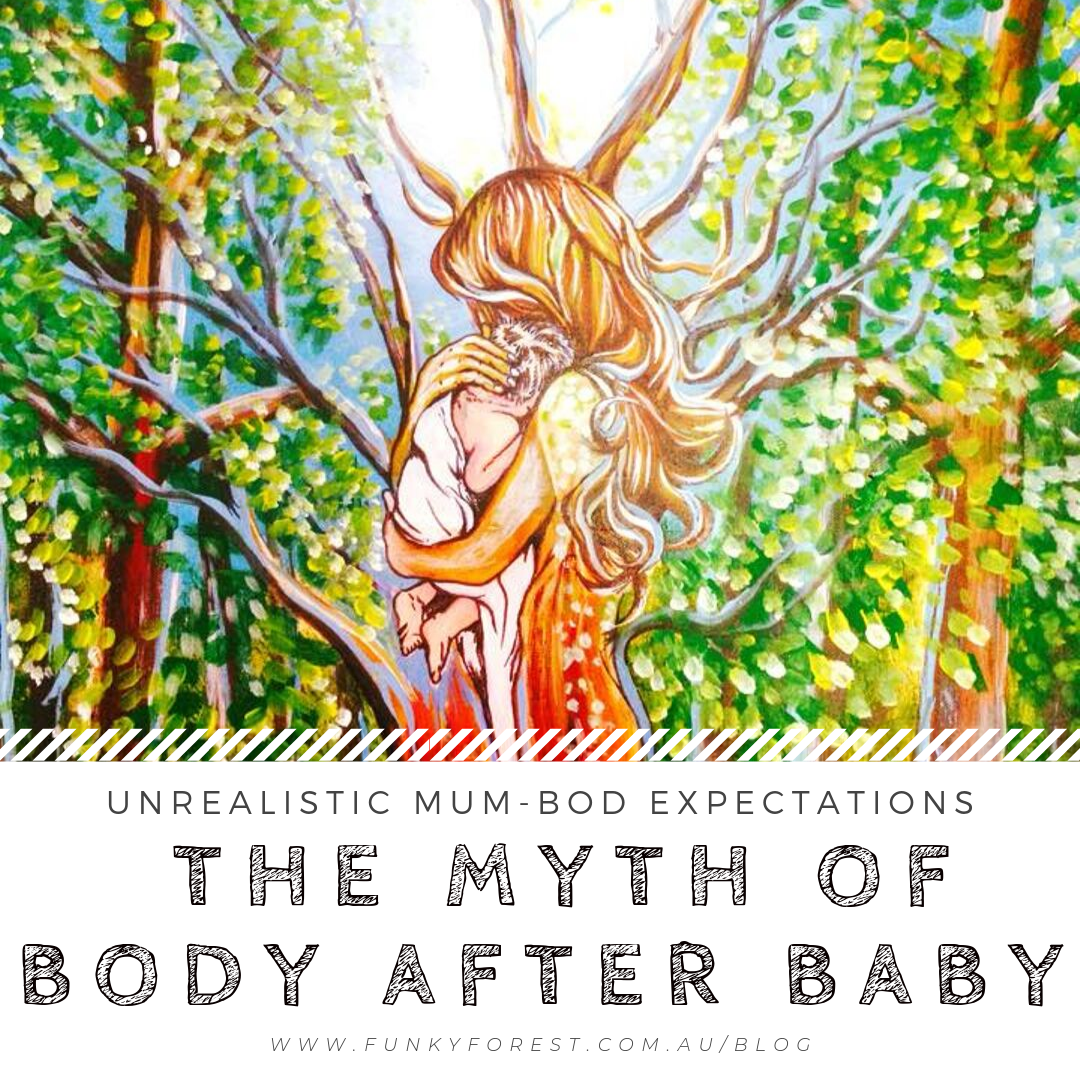
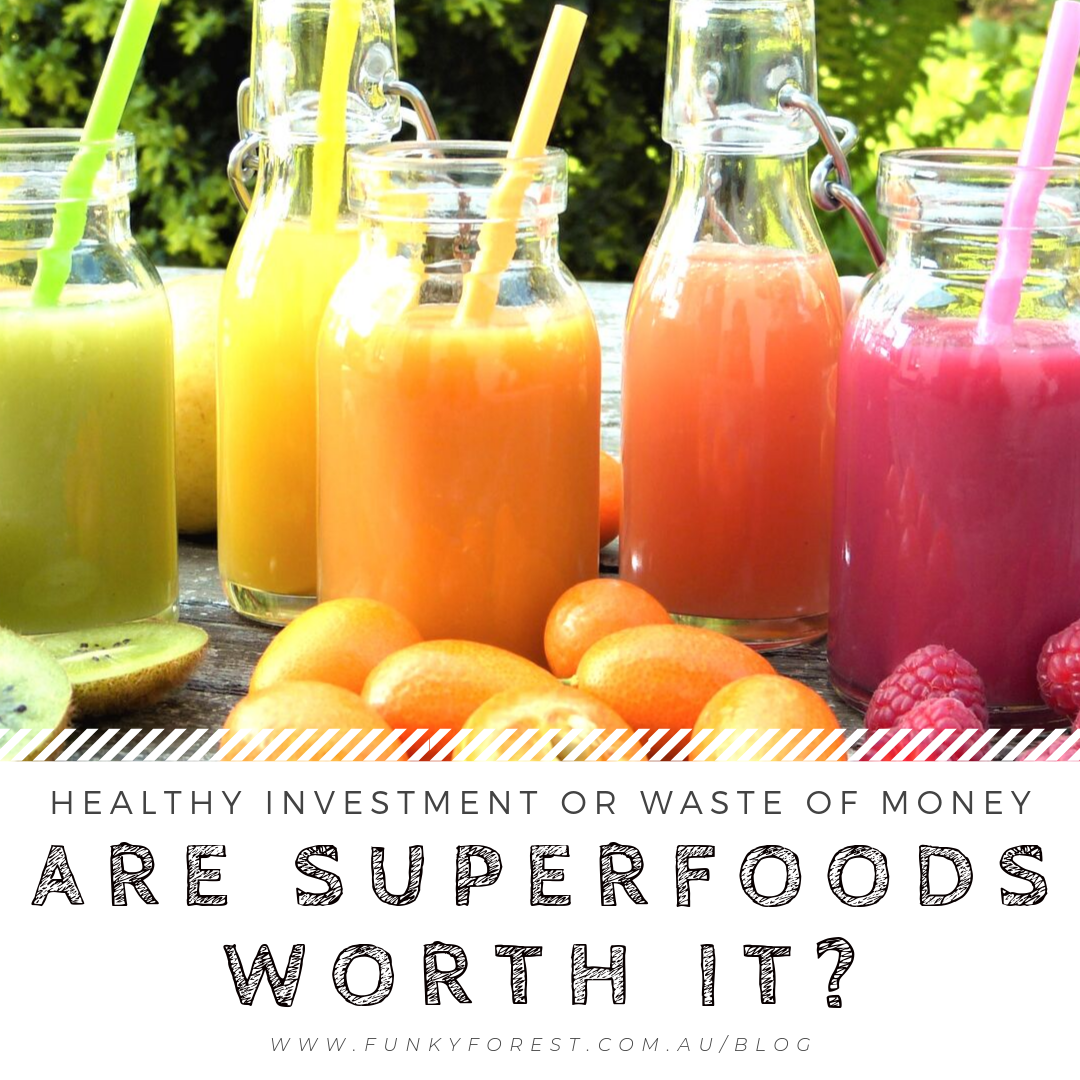
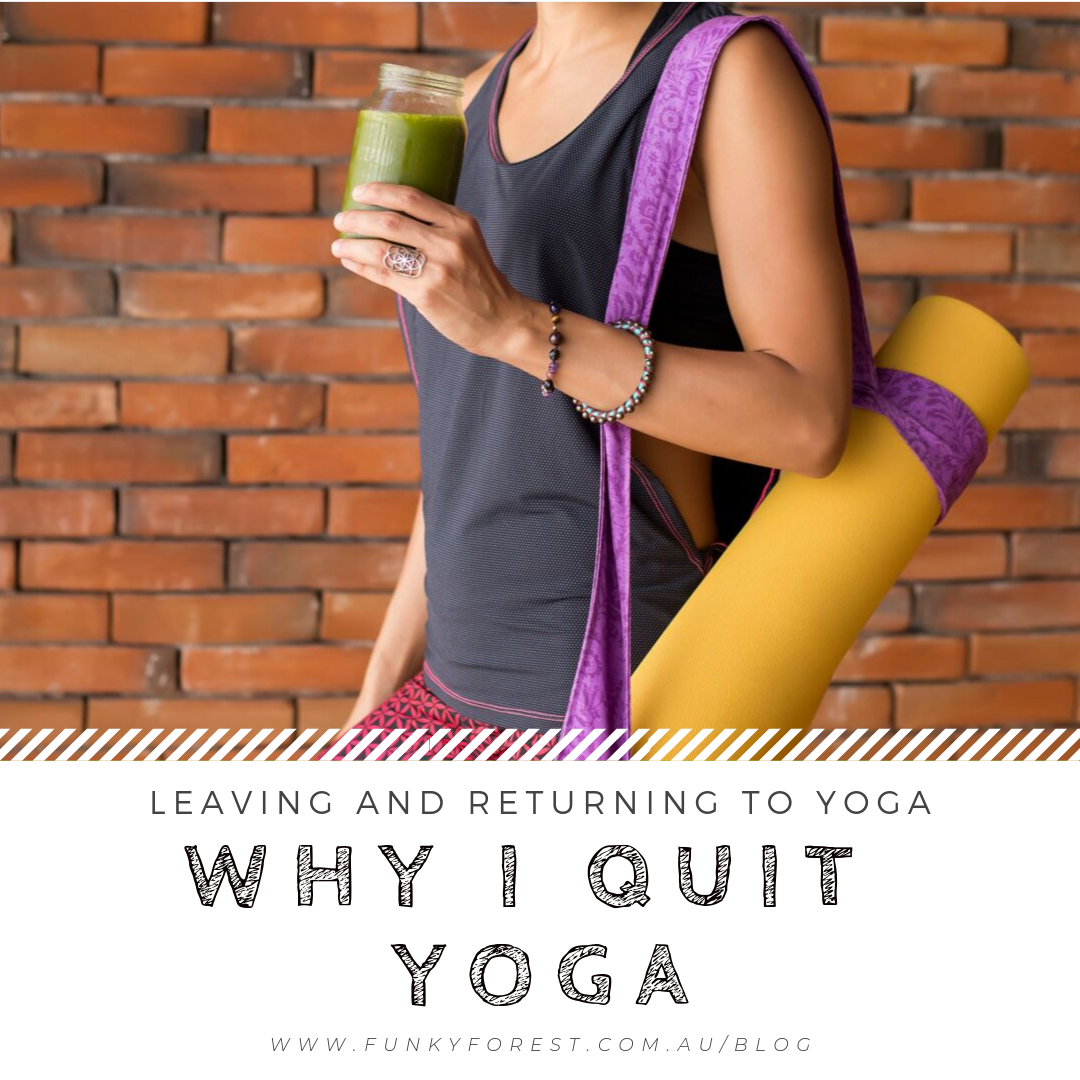
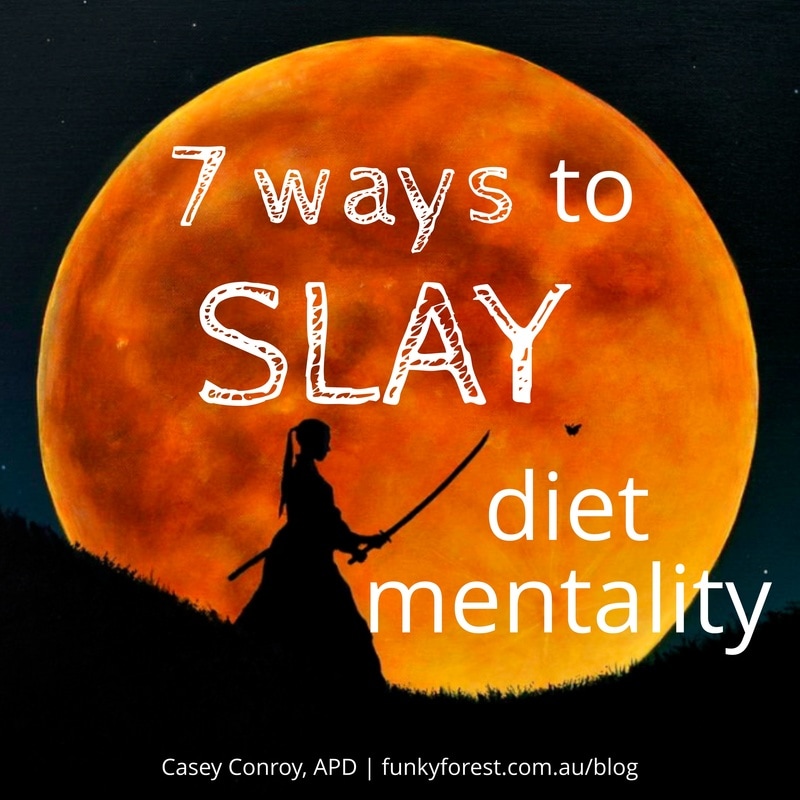
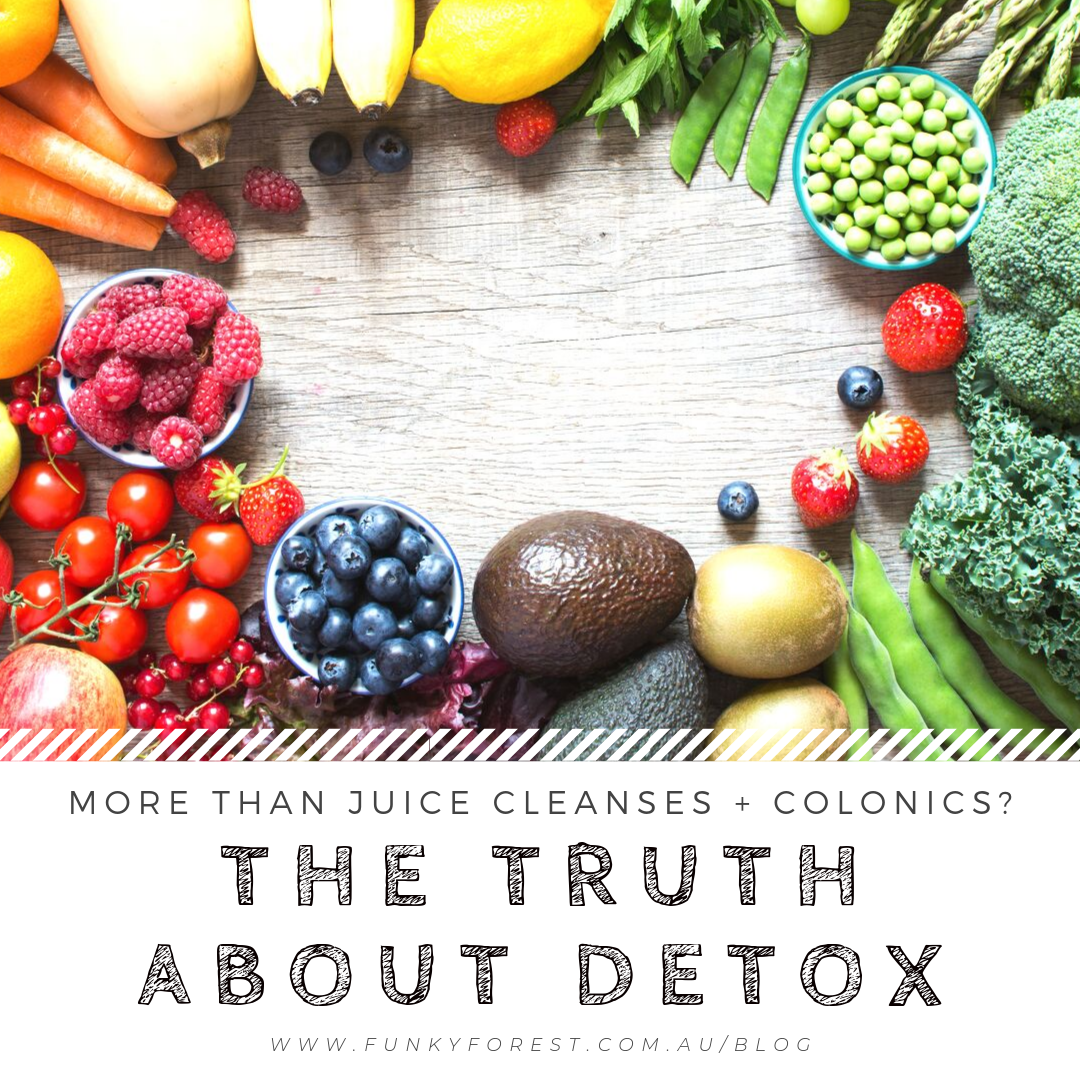
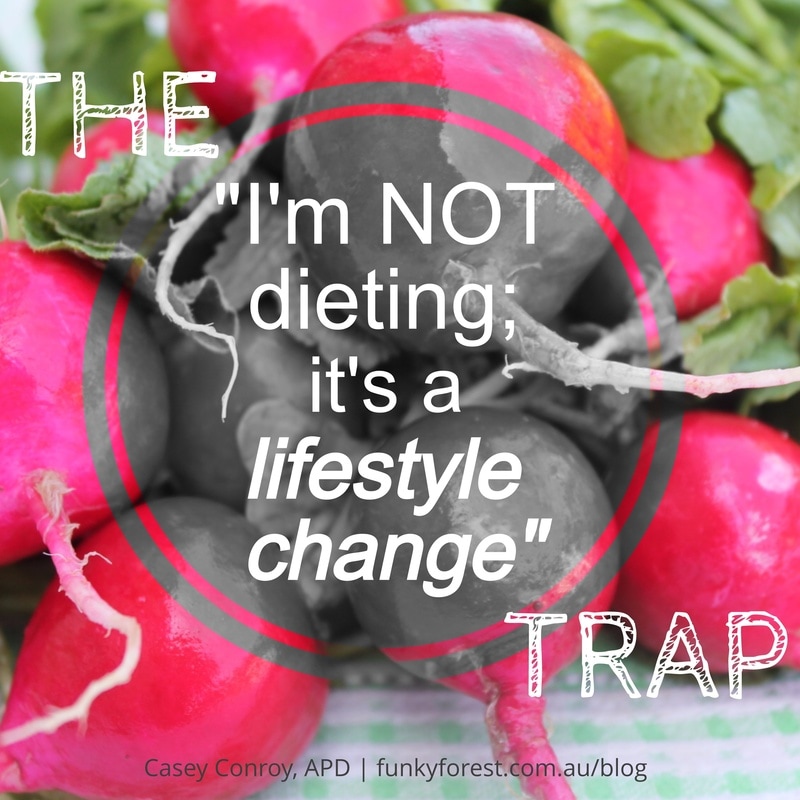
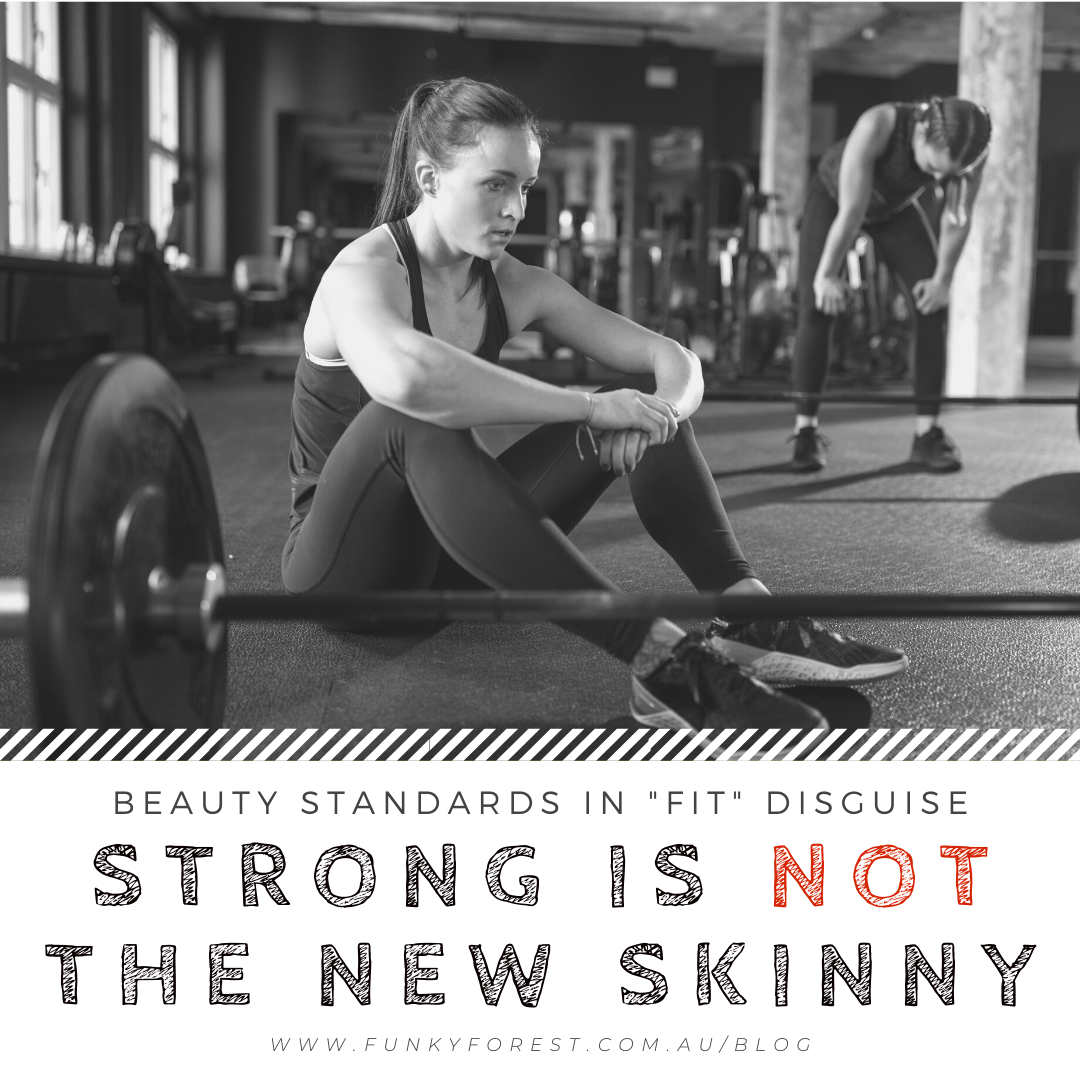
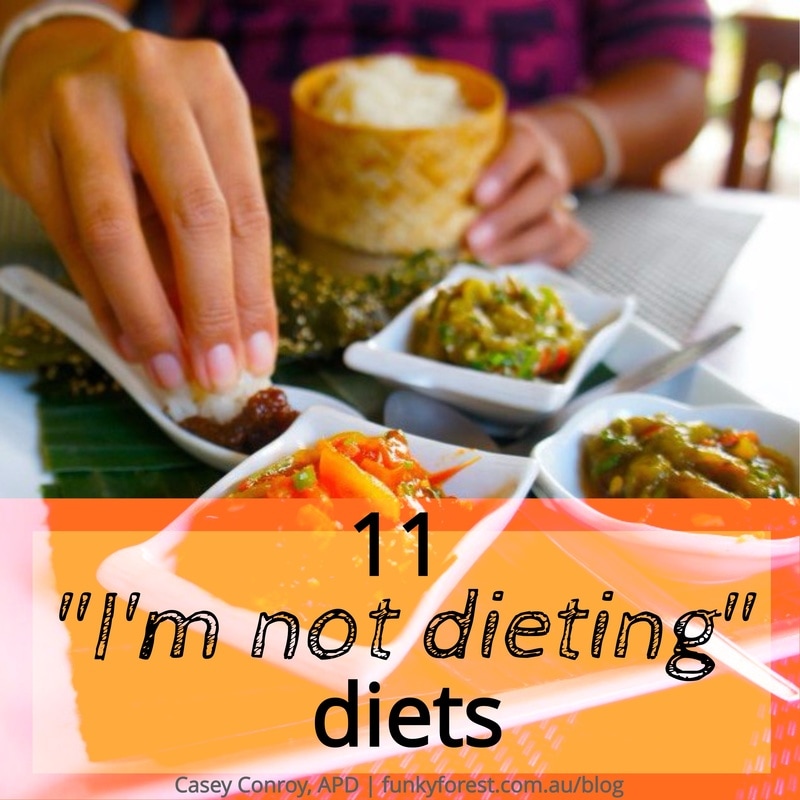
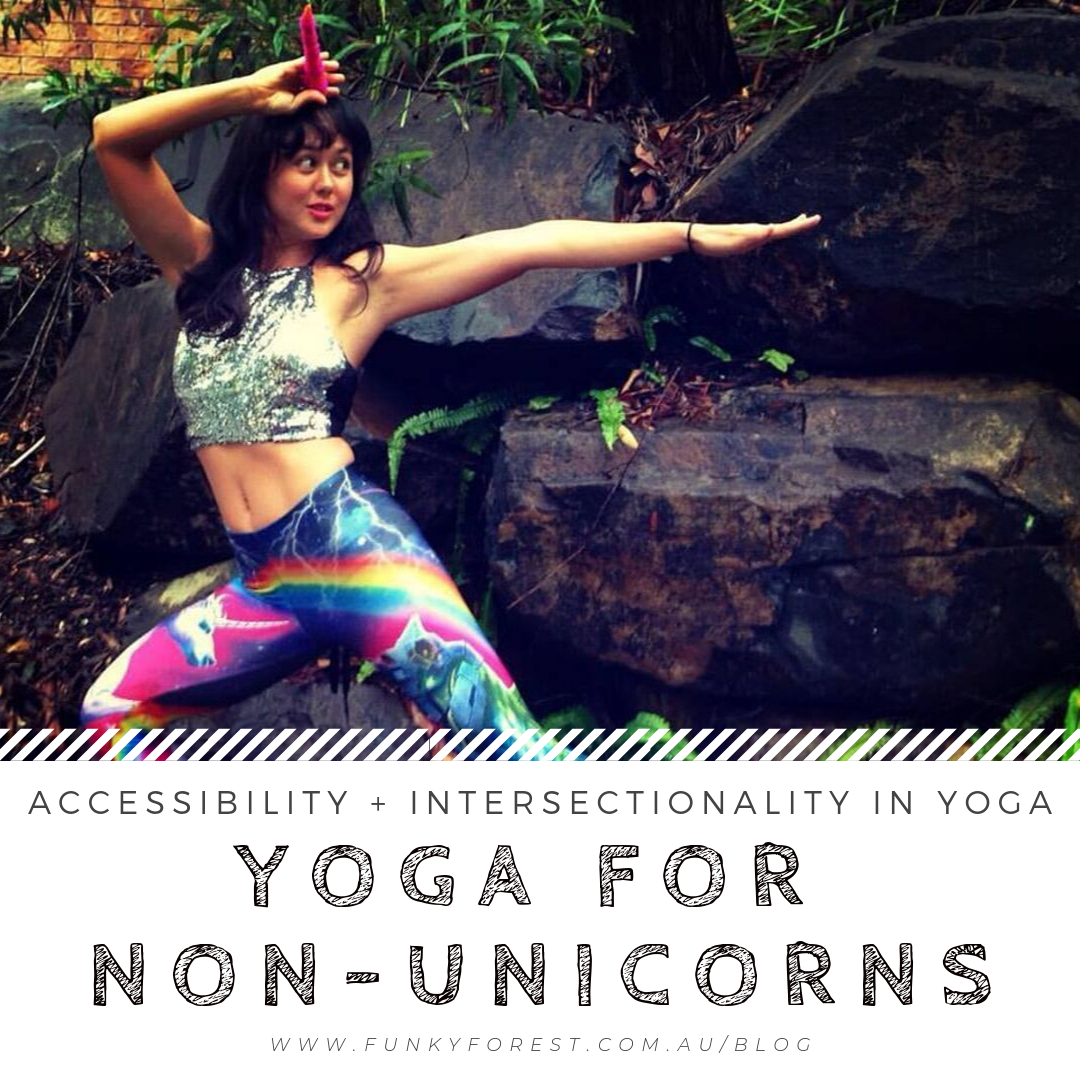
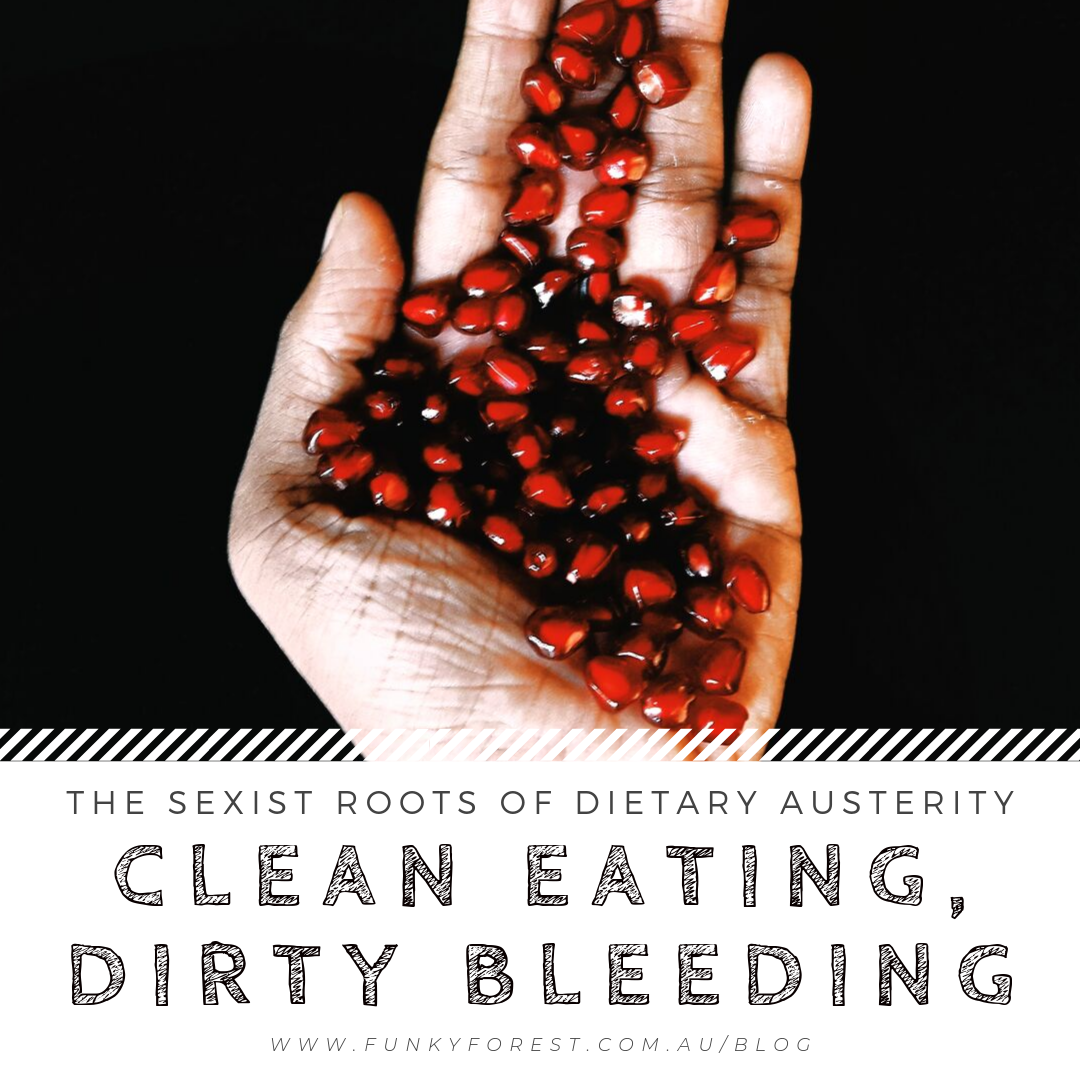
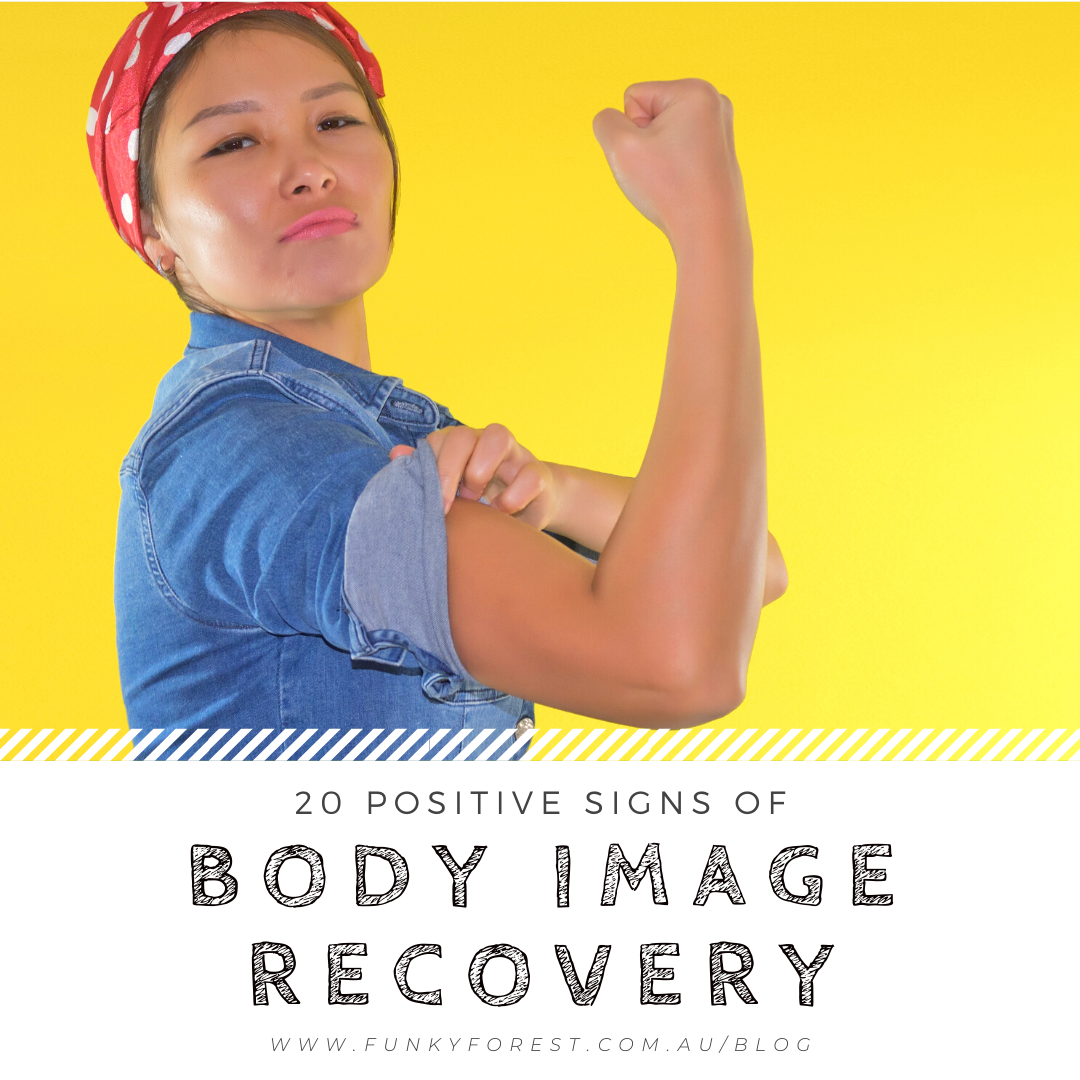
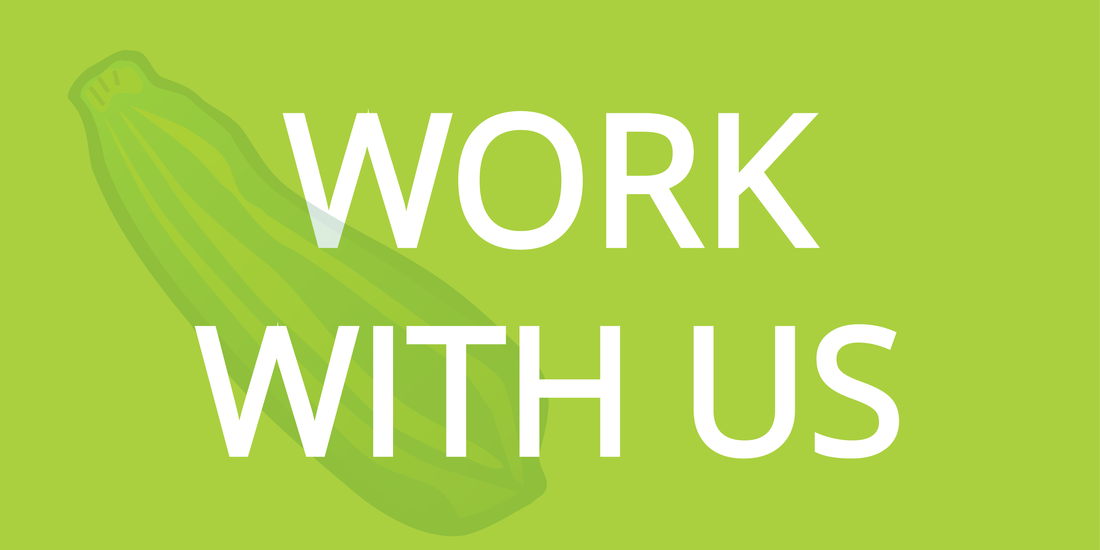
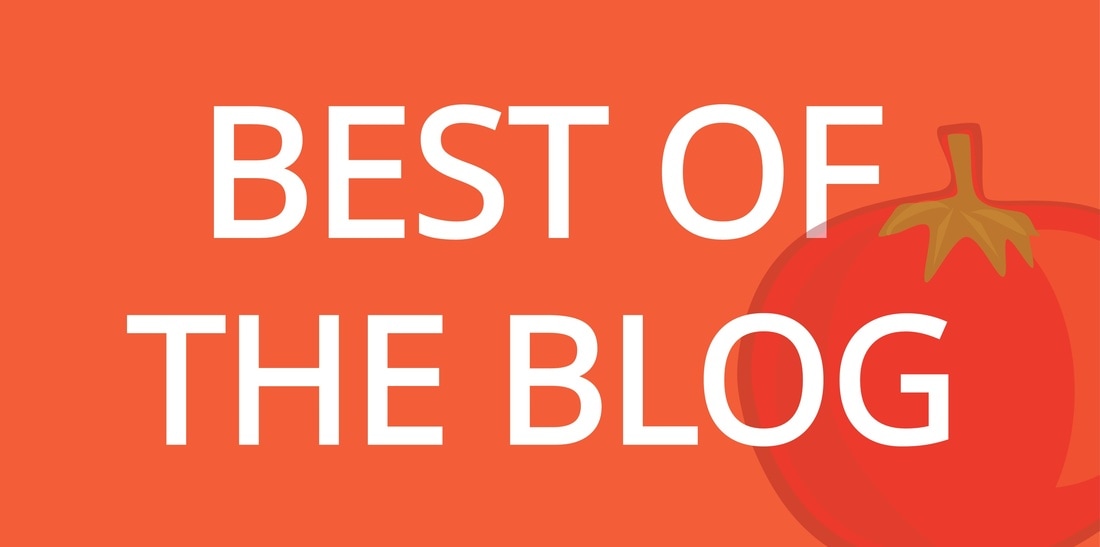

 RSS Feed
RSS Feed

